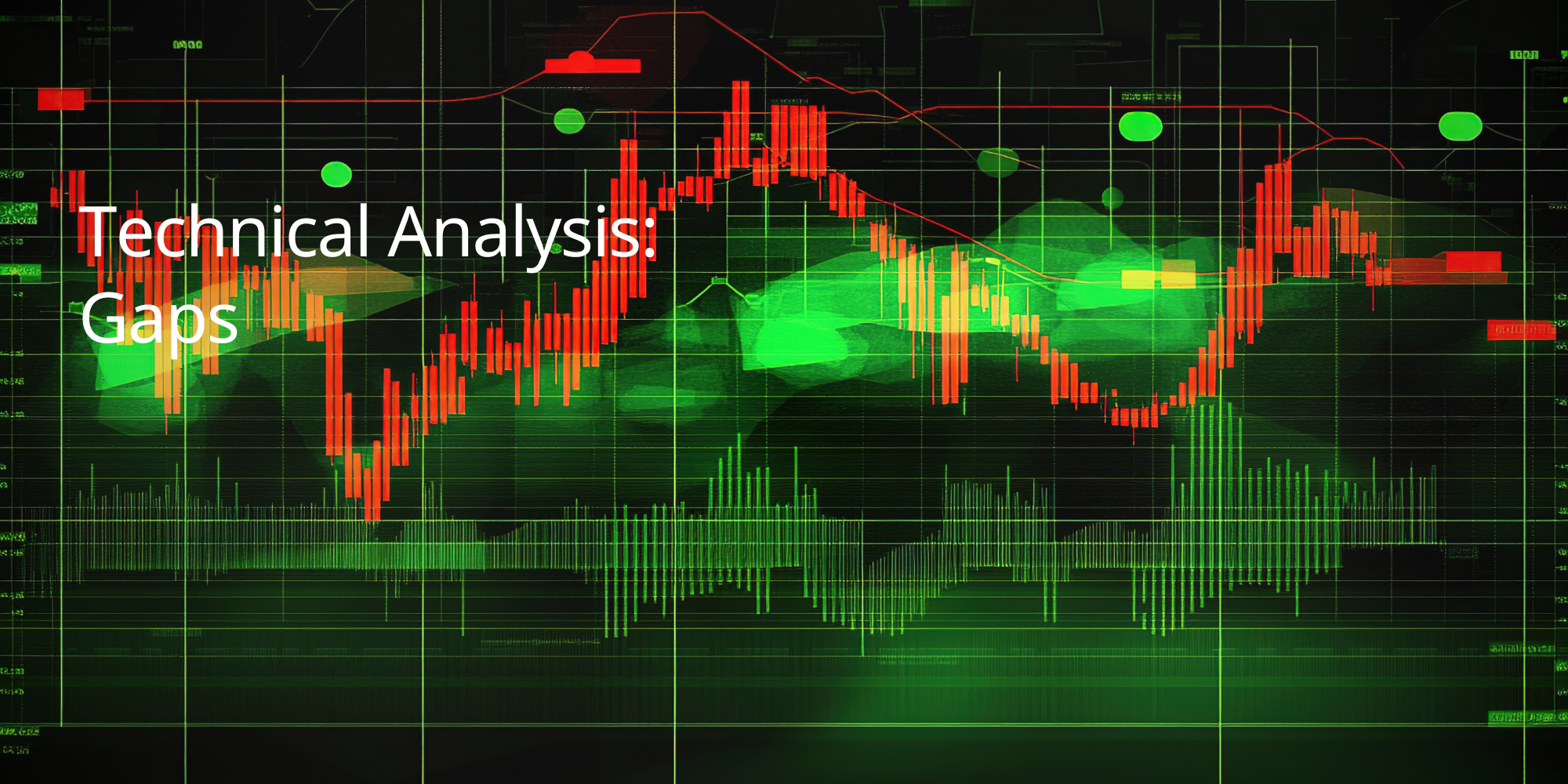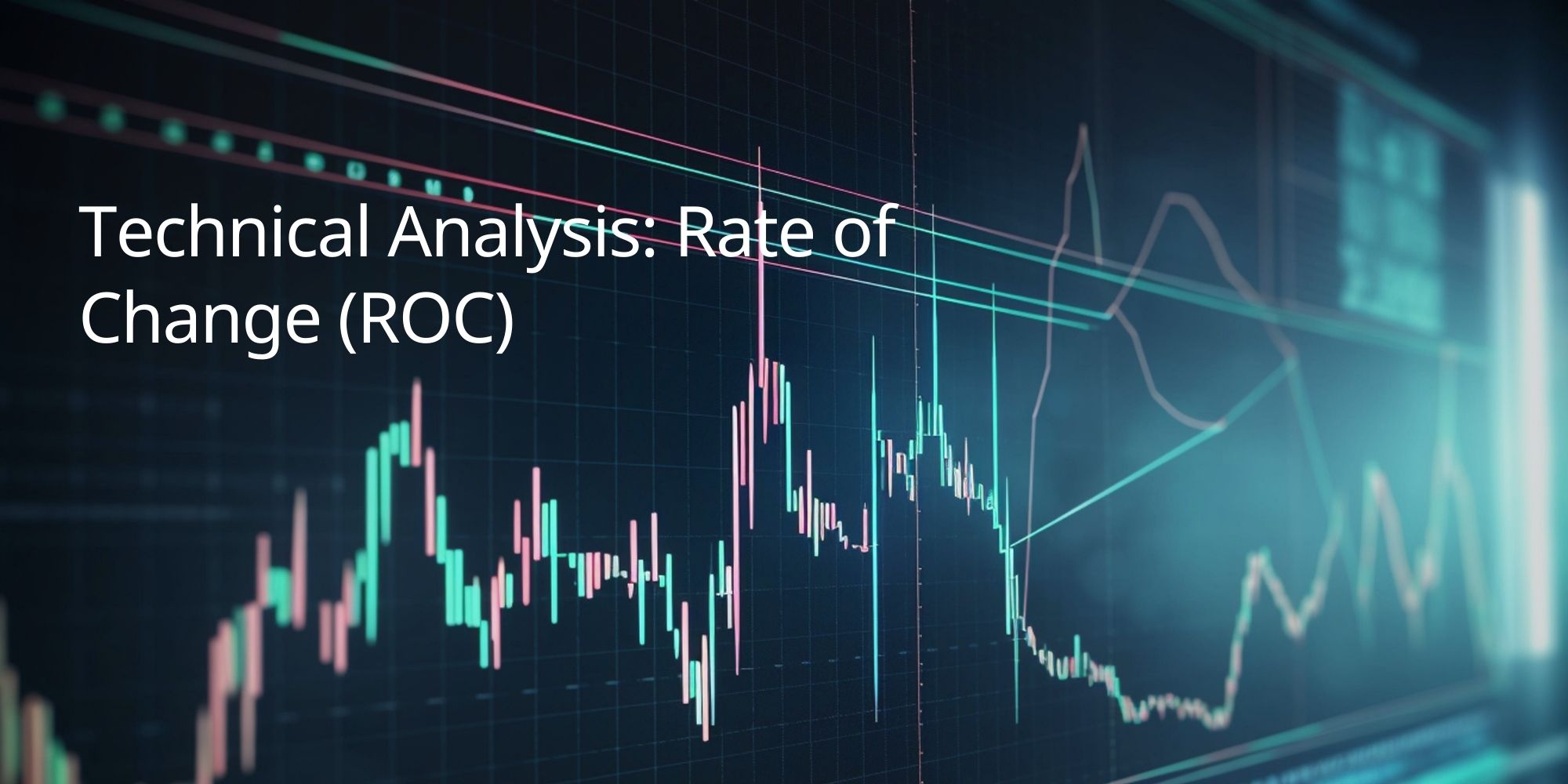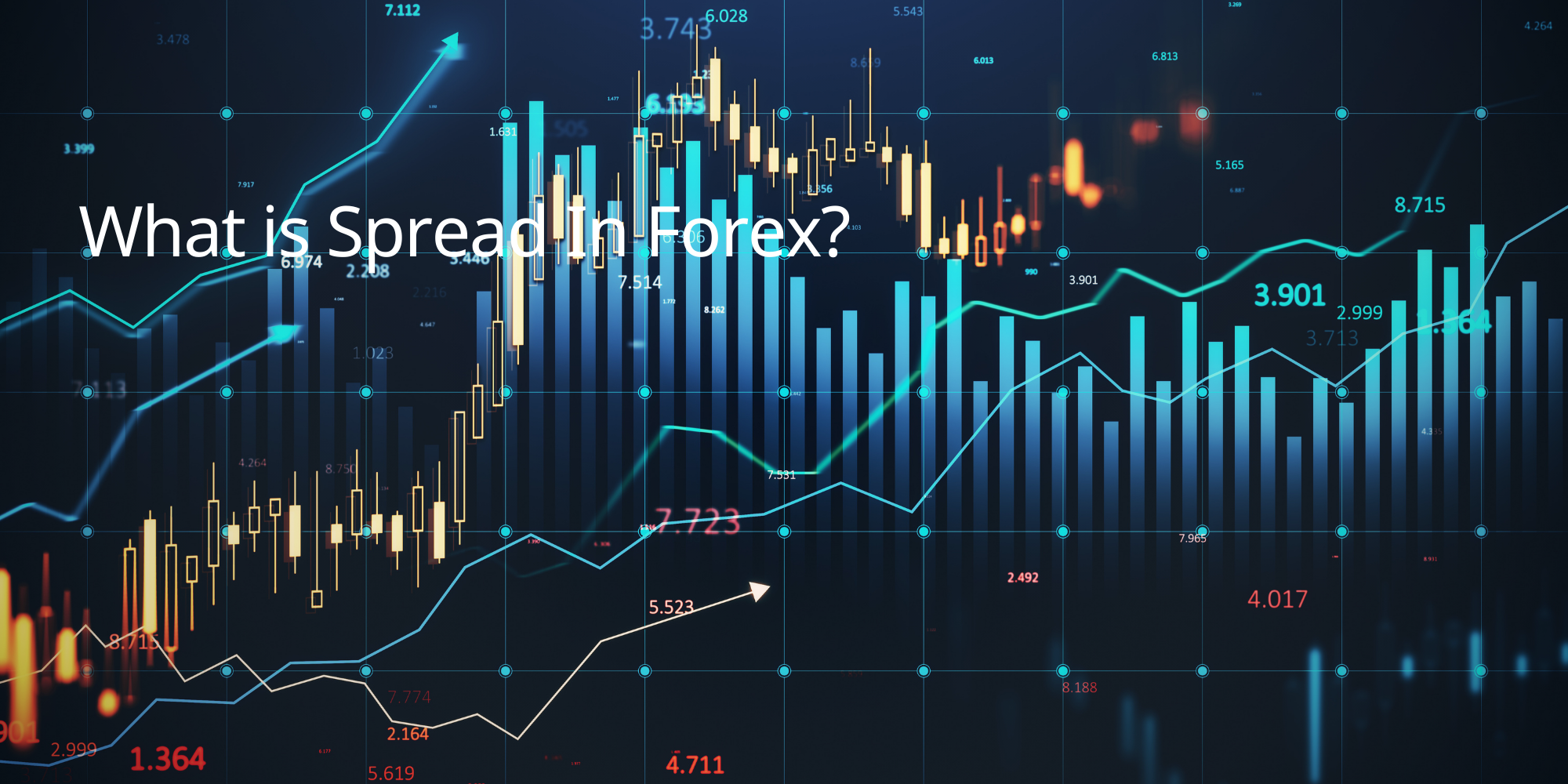Technical Analysis: Gaps – Definition, How it Works, Types, Calculation, and Trading
Gaps are frequent and powerful formations on price charts that represent sudden breaks in trading activity. These voids between price bars often signal momentum shifts, sentiment changes, or the beginning or end of strong trends, making them essential tools for technical traders.
In this comprehensive guide from TradeSmart, we’ll explore:
- What gaps are and why they occur
- The different types of gaps: common, breakaway, runaway, and exhaustion
- How to interpret gap patterns in the context of market trends
- How to integrate gap analysis into a practical trading strategy
Whether you’re day trading, swing trading, or holding longer-term positions, understanding gaps can help you anticipate price movements and improve your decision-making.
What are the Gaps in Technical Analysis?
A gap is a break in the price chart of an asset where there’s no trading activity between the closing price of one period and the opening price of the next period. Gaps often indicate a sudden shift in sentiment and can provide valuable clues about potential future price movements.
Types of Gaps
Gaps are typically categorized based on their position within a trend and their implications for future price action. Here are some common types:
- Breakaway Gaps: These gaps occur at the beginning of a trend, signaling a break from a previous consolidation or trading range. They often indicate a strong shift in sentiment and the start of a new trend.
- Runaway Gaps (Continuation Gaps): These gaps occur within a strong, established trend, signaling its continuation. They often represent a surge in momentum and suggest that the trend is likely to persist.
- Exhaustion Gaps: These gaps occur at the end of a trend, signaling that the trend is losing momentum and might be about to reverse. They are often seen as a warning sign that the current trend is becoming exhausted.
- Common Gaps: These are smaller gaps that occur within a trading range or during periods of consolidation. They often have less significance than the other types of gaps.
Why Gaps Matter
Gaps can be important signals for traders because they can:
- Help identify the stage of a trend.
- Provide clues about potential trend reversals.
- Offer trading opportunities based on the anticipated direction of the price movement.
TradeSmart provides traders with access to advanced charting tools and educational resources to help them identify and analyze different types of gaps and make informed trading decisions.
Types of Gaps in Technical Analysis
Gaps are breaks in the price chart of an asset where there’s no trading activity between the closing price of one period and the opening price of the next period. Gaps often indicate a sudden shift in sentiment and can provide valuable clues about potential future price movements.
Here are some common types of gaps:
- Common Gaps: These are small gaps that occur within a trading range or during periods of consolidation. They often close quickly and don’t have a significant impact on the overall trend.
- Breakaway Gaps: These gaps occur at the beginning of a trend, signaling a break from a previous consolidation or trading range. They often indicate a strong shift in sentiment and the start of a new trend, usually accompanied by high trading volume.
- Runaway Gaps (Continuation Gaps): These gaps occur within a strong, established trend, signaling its continuation. They often represent a surge in momentum and suggest that the trend is likely to persist.
- Exhaustion Gaps: These gaps occur at the end of a trend, signaling that the trend is losing momentum and might be about to reverse. They are often seen as a warning sign that the current trend is becoming exhausted.
Why It’s Important to Distinguish Gap Types
Understanding the different types of gaps can help traders:
- Identify the stage of a trend: Is the trend just starting, maturing, or ending?
- Assess the strength of a trend: Is the trend likely to continue, or is it losing momentum?
- Anticipate potential reversals: Are there signs that the trend might be about to reverse?
Why Do Gaps Occur?
Gaps in price charts happen when there’s a significant difference between the closing price of one period and the opening price of the next period, with no trading occurring in between. This can be caused by various factors:
- News and Events: Unexpected news or events can trigger sudden shifts in market sentiment, leading to gaps in prices. This can include:
- Earnings announcements: A company’s earnings report can significantly impact its stock price, causing a gap up or down depending on whether the results are better or worse than expected.
- Economic data releases: Important economic data, such as employment reports or inflation figures, can affect the prices of stocks, currencies, and commodities, potentially leading to gaps.
- Geopolitical events: Major geopolitical events, such as elections or conflicts, can create uncertainty and volatility in the markets, causing gaps in prices.
- Company-specific news: News about a company, such as a new product launch, a merger announcement, or a regulatory issue, can also trigger gaps in its stock price.
- Technical Factors: Gaps can also occur due to technical factors, such as:
- Breakouts: When the price breaks out of a key support or resistance level, it can create a gap as traders rush to enter or exit positions.
- Chart Patterns: Certain chart patterns, such as head and shoulders patterns or double tops/bottoms, can also lead to gaps as the price completes the pattern and moves in a new direction.
- Low Liquidity: In markets with low liquidity (fewer buyers and sellers), even small orders can cause significant price changes, leading to gaps. This is because there aren’t enough participants to absorb the buying or selling pressure.
Understanding the Causes of Gaps
By understanding the factors that can cause gaps, traders can:
- Anticipate Potential Gaps: Be aware of upcoming news events or technical patterns that could trigger gaps.
- Interpret Market Sentiment: Gaps can provide clues about the prevailing market sentiment and potential future price movements.
- Manage Risk: Use appropriate risk management techniques, such as stop-loss orders, to protect your capital during periods of increased volatility that might lead to gaps.
Understanding Up Gaps and Down Gaps
Up Gaps
An up gap occurs when the opening price of a security is higher than the previous day’s closing price. This indicates strong buying pressure and a bullish sentiment in the market.
- Characteristics:
- The price opens above the previous day’s high.
- Often accompanied by high trading volume.
- Suggests a potential continuation of an uptrend or a reversal from a downtrend.
Why Up Gaps Matter
Up gaps can be important signals for traders because they can:
- Confirm the strength of an uptrend.
- Signal a potential breakout from a resistance level.
- Provide an entry point for long trades.
Down Gaps
A down gap occurs when the opening price of a security is lower than the previous day’s closing price. This indicates strong selling pressure and a bearish sentiment in the market.
- Characteristics:
- The price opens below the previous day’s low.
- Often accompanied by high trading volume.
- Suggests a potential continuation of a downtrend or a reversal from an uptrend.
Why Down Gaps Matter
Down gaps can be important signals for traders because they can:
- Confirm the strength of a downtrend.
- Signal a potential breakdown from a support level.
- Provide an entry point for short trades.
Key Takeaway
Gaps can provide valuable insights into market sentiment and potential price movements. By understanding the different types of gaps and their implications, traders can make more informed decisions about their trades.
Combining Gaps with Other Indicators
Gaps can be powerful signals on their own, but combining them with other technical indicators can provide a more comprehensive view of the market and improve the accuracy of your trading decisions.
Here are some indicators that work well with gap analysis:
- Moving Averages: Moving averages can help confirm the direction and strength of a trend. If a gap occurs in the same direction as a moving average, it can strengthen the signal that the trend is likely to continue. Conversely, if a gap occurs against the direction of a moving average, it could signal a potential reversal.
- Relative Strength Index (RSI): The RSI is a momentum oscillator that can help identify overbought and oversold conditions. If a gap occurs when the RSI is already in overbought or oversold territory, it might suggest that the gap is more likely to be filled (closed) rather than leading to a continued trend.
- Support and Resistance Levels: Gaps that occur near key support or resistance levels can be particularly significant. A gap above a resistance level can signal a bullish breakout, while a gap below a support level can signal a bearish breakdown.
- Volume: Analyzing volume in conjunction with gaps can provide further confirmation of the strength of a move. High volume during a gap suggests strong conviction behind the price movement, while low volume might indicate a weaker move.
Conclusion
Gaps provide critical insight into market sentiment and price momentum. By recognising the type of gap and its context within the broader trend, traders can identify high-probability setups and avoid costly missteps.
At TradeSmart, we provide everything you need to trade gaps effectively:
- Learn to identify and differentiate gap types with confidence
- Use gap patterns alongside indicators like RSI, MACD, or volume for confirmation
- Build trading strategies around breakouts, continuations, or reversals
- Apply proper risk management techniques for gap-related volatility
Ready to take your trading to the next level with gap analysis?
- Open a TradeSmart account and access advanced charting tools
- Practice your gap strategy in a risk-free demo account
- Start trading live with a minimum deposit of just $50
Visit TradeSmart.com today and discover how mastering gaps can help you trade with greater clarity and confidence.





